9 tips for beginner surfers
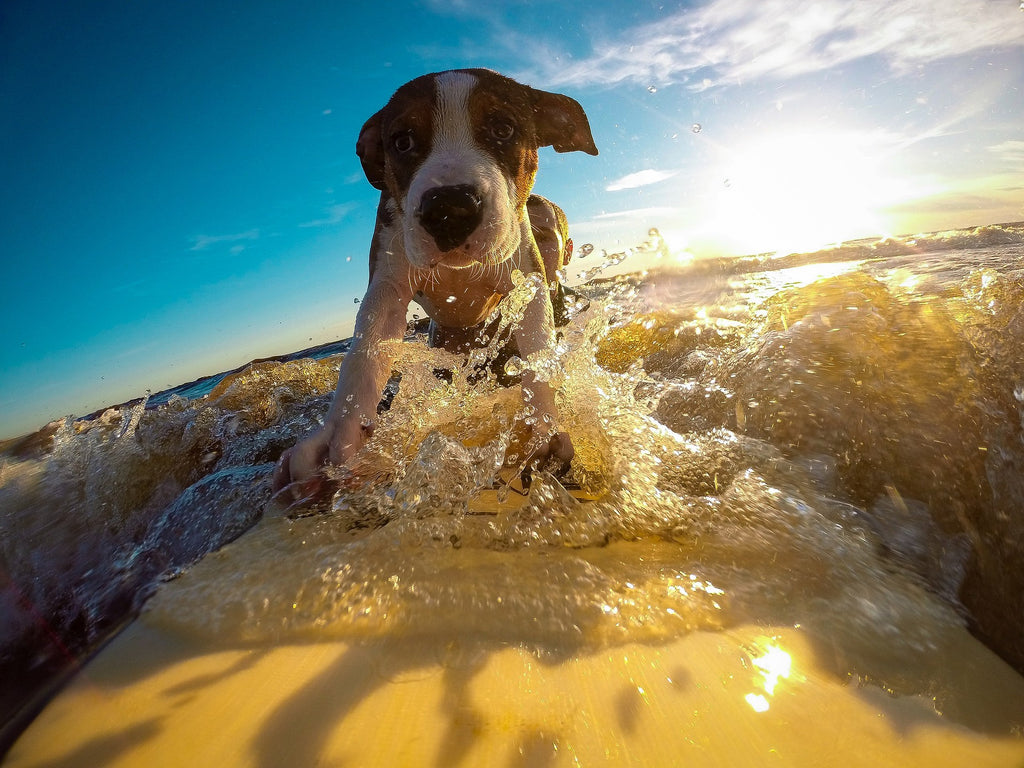
It’s never too late — or too soon — to start surfing. A healthy and fun way to stay active while enjoying the great outdoors, surfing is as popular as ever. That said, it’s not as easy as grabbing a board, hopping into the water and ripping it up like Kelly Slater.
Below, we’ve listed 10 tips for beginner surfers that should get you started down the right path and hopefully on to a lifetime of fun.
Find Surf Equipment That Suits You
Finding equipment is unlike finding other sports equipment, where you can walk into the shop and get whatever intrigues you and matches your style. Of course, you can go and buy some of your surf gear like wetsuits, booties, hoodies, gloves and wax.
The boards used for beginners in surf schools and camps are made of a foam-like material, so you don’t have to be afraid to injure yourself or others. Lapoint gives you the unique opportunity to try a lot of different boards while learning to surf with us. This is an amazing opportunity not many surfers get – especially when starting out.
A lot of surfers find their preferred style of surfing after a while. Some like to be fast, some like to cruise, and others like the more elegant way of surfing called longboarding. Nevertheless, it is great to start with a board with lots of volume suiting your weight, height and strength to make you float on the surface of the water.
This also makes paddling into waves easier and excuses little mistakes when standing up on your board.
Finding A Beginner-Friendly Spot That Isn’t Crowded
Every beach is unique. Every coastline is tilted at a slightly different angle. Every ocean floor is covered by a differently formed reef and sandbanks at beach breaks are changing every day. Some spots have barreling waves, while others are a little more sheltered. Therefore, it is good to find a beach that is beginner-friendly.
The ideal is small but powerful waves or waves breaking further out and rolling in as whitewash. Beaches with low currents are also good to look out for because you will have less of a struggle to stay at the same place in the water. There are apps and websites you will find this information on (e.g.: windy, magic seaweed and others). You can also look at local surf guides.
Practice your pop up
It may look dorky, but take a few minutes on the beach to work on popping up on your board. Lay your board in the sand (dig a little hole for your fins to sit in so they don’t break off) and lay down on it.
The key to standing up on a wave is a quick and fluid pop up — think of it as a real quick, yet controlled, push-up. Perfect the motion on the beach, and it will come to you much easier when you’re in the surf.
Always Surf With A Leash
The leash is an essential item when surfing. You will probably see some ‘experienced’ surfers go without one but swimming after a board and risking it crashing uncontrolled into rocks or another surfer does kill the vibe.
Find that sweet spot when paddling
You always see beginner surfers paddling too far back on their boards, making it do a wheelie and the going slow. On the flip side, some beginners paddle too far up on their boards, making the nose poke underwater.
What you need to do is find that sweet spot in the middle, mark it with a piece of wax and make sure to paddle in that position.
Stretch And Warm-Up
Most countries in Europe have warm air temperatures but refreshing water temperatures. Therefore, it is important to prepare your body for it. Bring your heart rate up with a few cardio exercises like jumping jacks or running. Try and stretch your arms and legs to prepare for moments. Nothing is worse than tearing a muscle on the first day of your surf vacation.
Take that extra paddle
This is a tip that can be applied to surfers of all levels. When you’re paddling for a wave and feel the energy of it start to lift you into it, take one more strong paddle. The extra velocity will make it so you’re not stuck at the top of the wave, making the drop much easier.
How To Paddle Out
Beach breaks: try and spot the rip current that brings you out to the line-up, paddle strong and does turtle rolls through whitewash until you’re out.
Point breaks: paddle out beside the breaking waves and whitewash. Many surfers like point breaks for the fact that you can predict where waves break and paddle out next to them. Always do so because you will be in the way of surfers on a wave when trying to get out through whitewash.

Used Failure To Learn
This goes out to all of us. We should never be too hard on ourselves. There is no failure, just lessons to learn. Nothing is bad or wrong. It’s all experiences. As said above: practice makes perfect!
Have fun
This is by far the most important tip for any beginner surfer (and the main reason we do it). You’re going to wipe out, get in people’s way and generally kook out as you learn to surf. But that’s fine — everyone had to start somewhere!
There’s a saying in the surf world that goes something like this, “The best surfer in the water is the one having the most fun!”
Soak up those words of wisdom, get out there and have some fun!



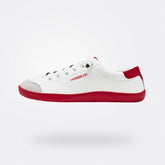
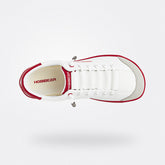


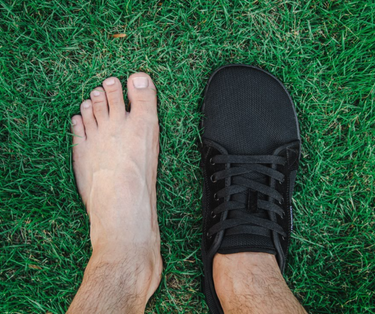
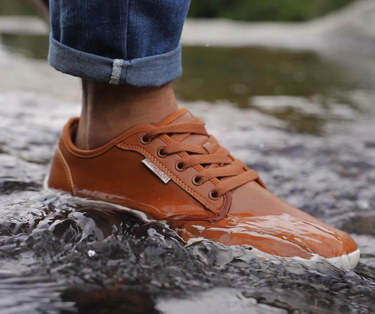








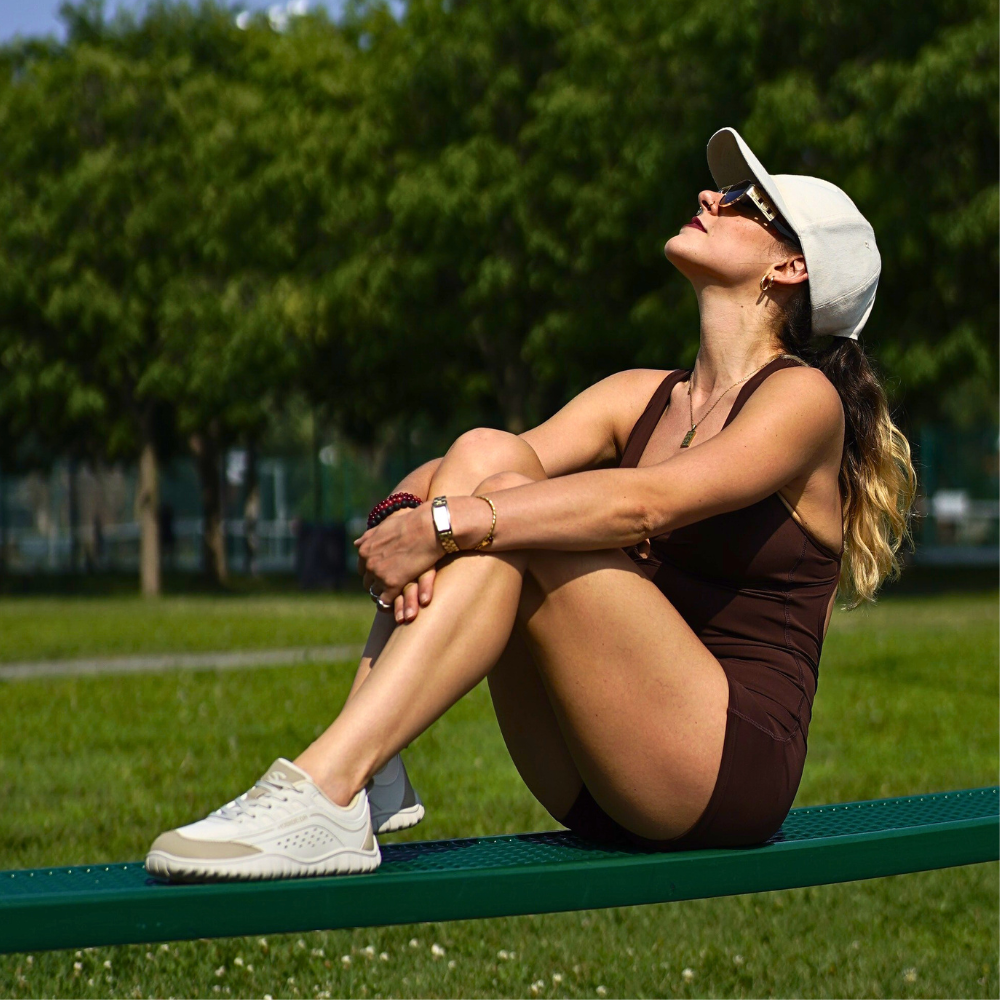
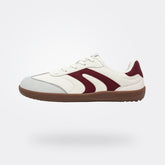

Leave a comment
Please note, comments need to be approved before they are published.